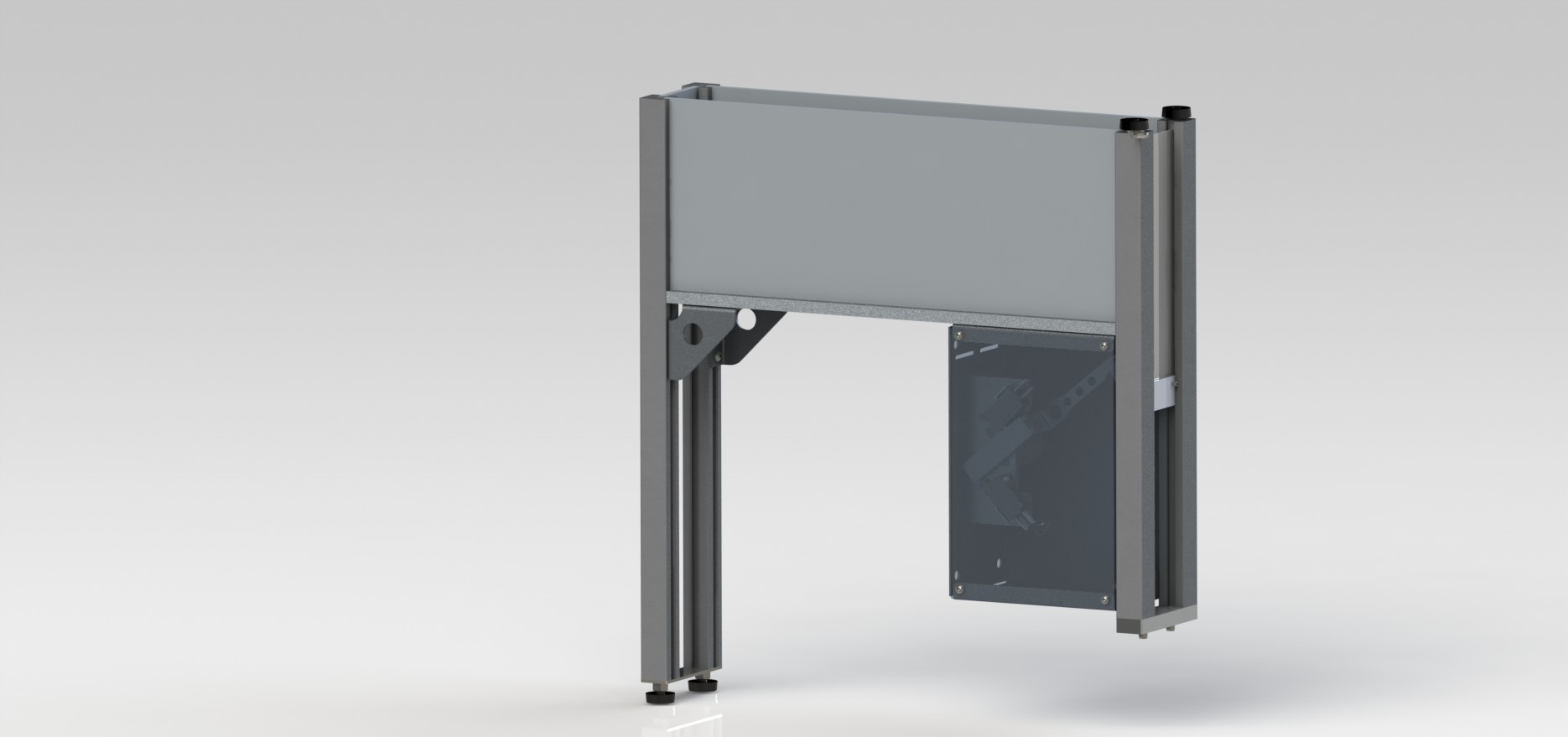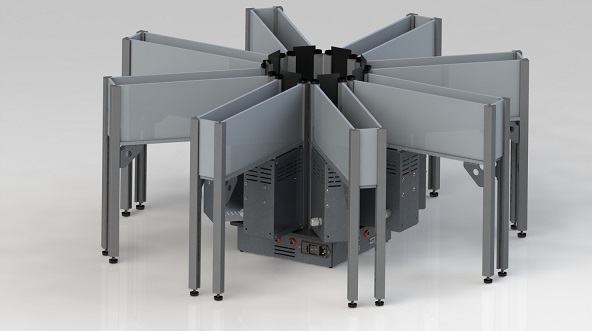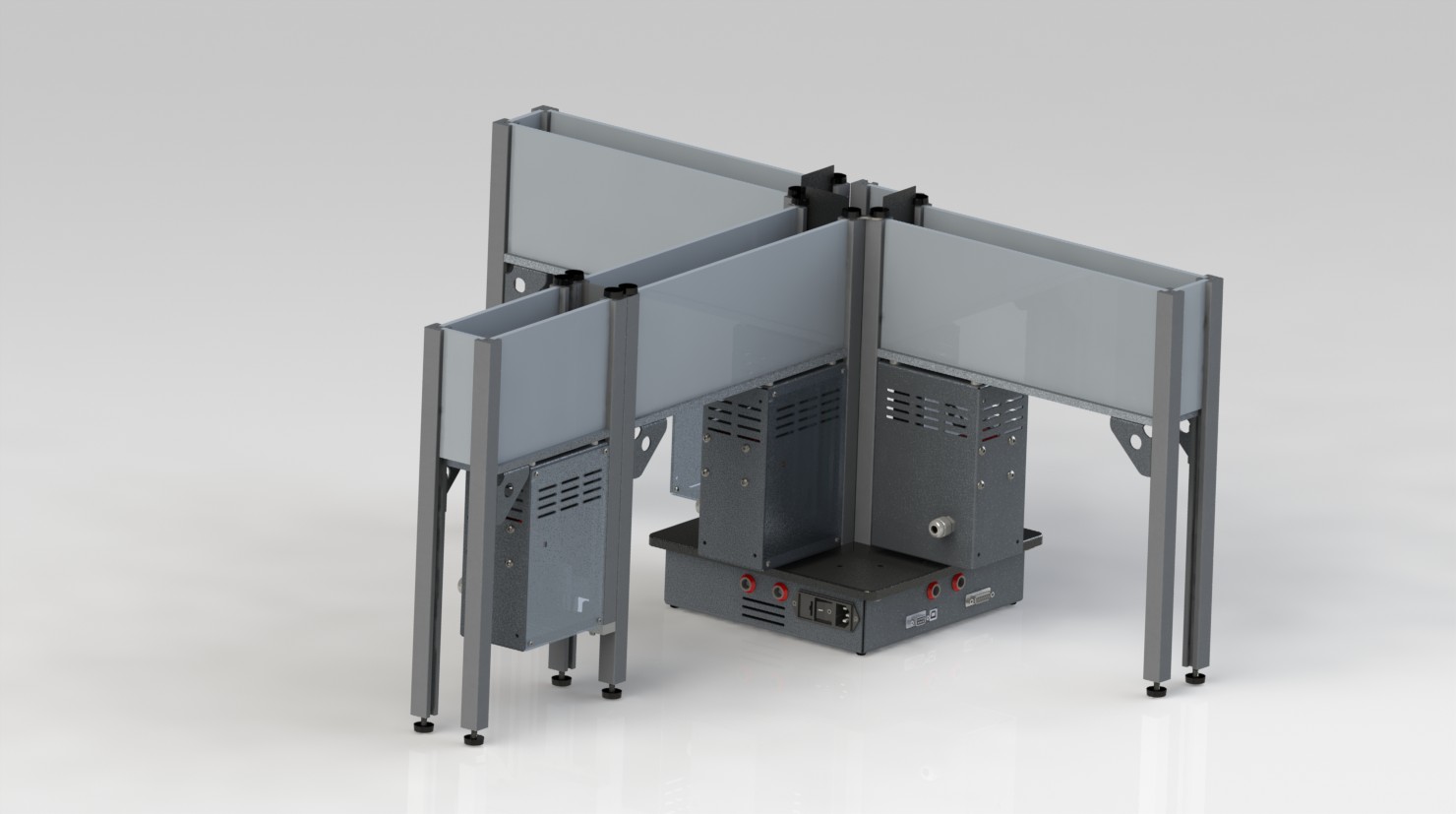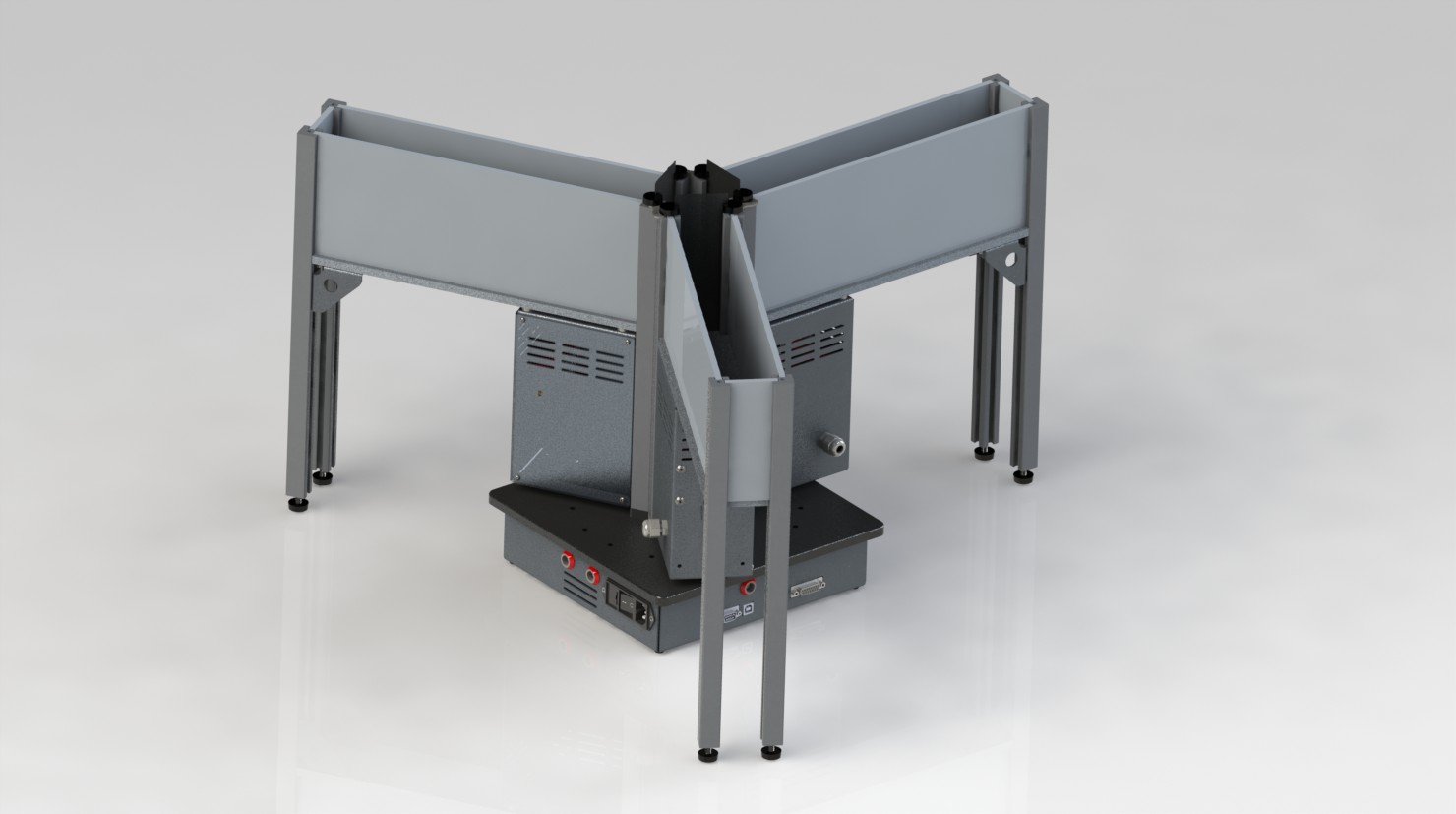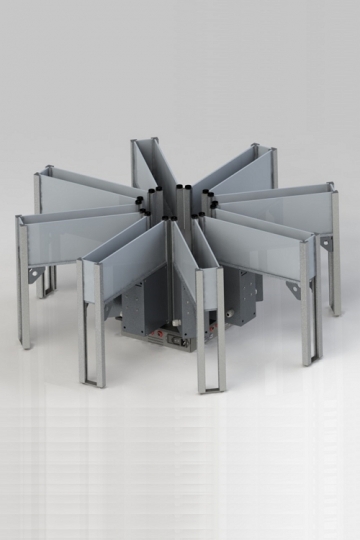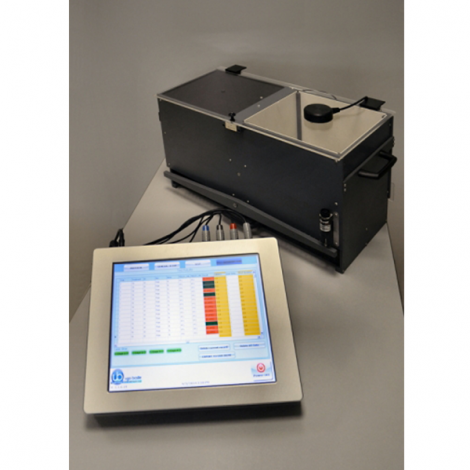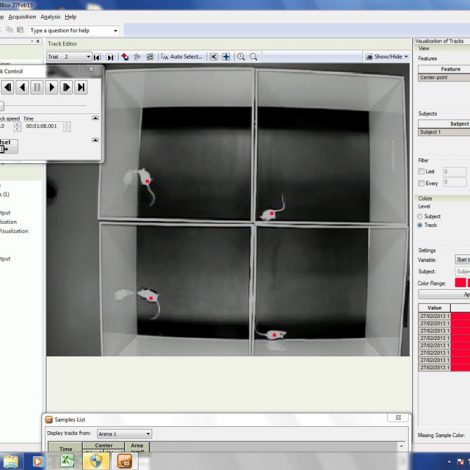Overview
Ugo Basile introduces a new multi-maze system of original design, a versatile modular device, with which the researcher can assemble the ideal configuration to study spatial learning and spatial memory in rats or mice.
The Multi-Maze components, one of the different arenas provided, and the required number of arms, can be easily combined to set-up an electronically controlled maze, in the following configurations:
- Y-Maze
- T-Maze (Start arm is required)
- 8-Arm Radial Maze
for either Rat or Mouse.
The proprietary sliding doors retract in the maze floor, quickly, but silently, ensuring unobstructed animal tracking, while guaranteeing smooth, silent, totally automated up and down movements, making it the best solution for videotracking, in particular in optogenetics studies.
The new Multi-Maze will help the researcher to conduct fully automated memory experiments such as:
- Assessing spatial memory
- Testing basic working memory
- Discriminating working from reference memory
- Evaluating impairments in the working memory
All the animal mazes manufactured by Ugo Basile are designed with high-contrast colors and non-reflective coatings, providing optimal results with any video-tracking software. Our mazes are sturdy and easy to clean, making them the most reliable mazes on the market.
Surface texture was selected for best rodent’s comfort. Walls are available with standard or low profile; different colors or textures available on request.
The electronic unit features USB interface, 8 independent TTL inputs and integration with video-tacking software.
| FEATURE | BENEFIT |
| New proprietary modular system | One device can be assembled in different configurations |
| Doors slide underneath the floor | Unobstructed view for optimal videotracking even in optogenetics studies |
| Each arm provided with its own motor | Smooth and silent operation |
| Manual or PC-driven mode | Via TTL or USB connection |
| Interchangeable walls, standard or low profile | for egocentric or allocentric spatial memory tests |
Application
Spatial memory is the ability to create a mental geographical map of the surroundings and to navigate the environment accordingly (Ref). In humans, for example, spatial memory allows one to easily find the way to the right office in a large building.
While the definitions of working and reference memory may be subtle and can be debated among scholars, briefly, working memory is the ability to keep track of which
offices we have already visited while looking for someone, while reference memory allows us to remember which of the many rooms is Mary’s office.
In rodent studies, spatial memory can be tested by placing animals in mazes composed of 3 or more radially arranged walkways (arms) and observing either spontaneous
exploratory behavior or reward-based navigation.



